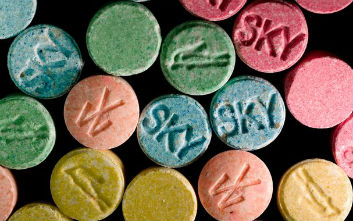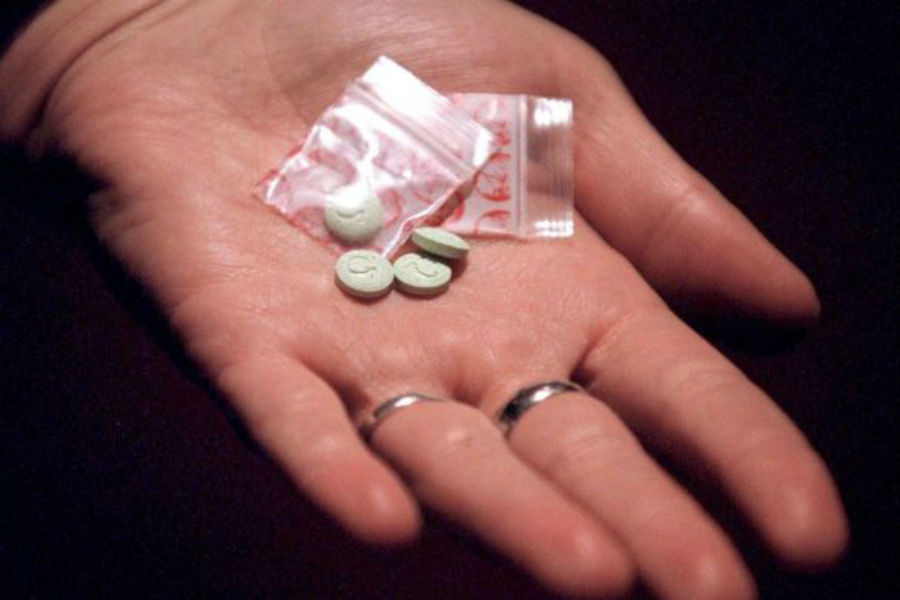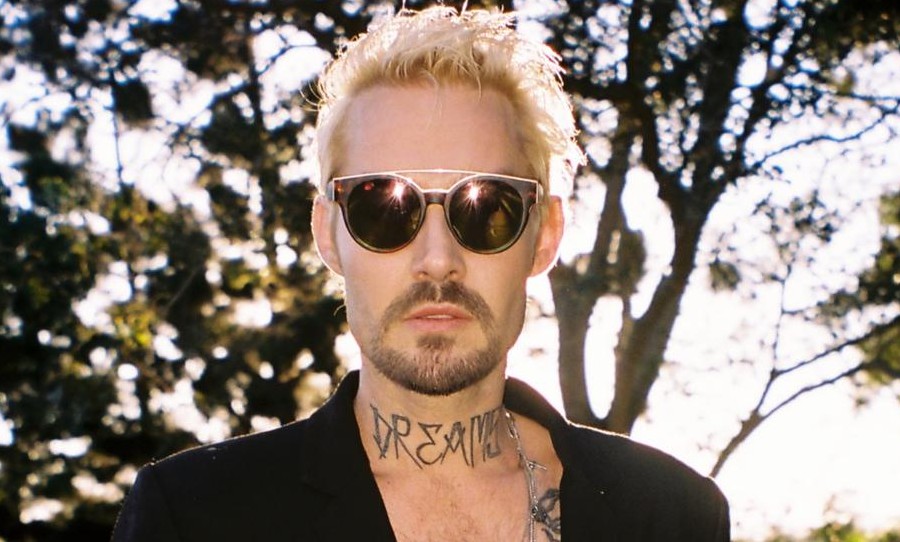After great effort and lengthy campaigning, ecstasy has finally gotten the go ahead from the FDA to enter its final phase of testing.
The theory is that Molly, paired with psychotherapy, allows patients to look inwards without their previously engrained anxiety and hesitation.
In a clinical trial funded and conducted by MAPS (Multidisciplinary Association for Psychedelic Studies), studies aim to explore how MDMA could be used for long-term treatment of post-traumatic stress disorder.
When a small scale human trial began in 2012, results showed 83% of participants no longer showed signs of PTSD two months after MDMA treatment. Four years on, and long term follow-ups showed these effects have lasted the majority of patients.
“It changed by life” says C.J. Harden, former US Army Sergeant who served in both Iraq and Afghanistan.
This news has invited a lot of sceptics to raise their concern. “It sends the message that this drug will help you solve your problems, when often it just creates problems” psychologist Andrew Parrot told The New York Times.
But the truth it, PTSD is notoriously hard to treat. Results from traditional psychotherapy are incomparable to the remarkable improvement documented through the MAPS MDMA trials.
The FDA agreed on Tuesday to allow for a large-scale Phase 3 clinical trial of the Schedule One drug, which starts in 2017 and will go for four years. If these trials show continued effective treatment of PTSD, ecstasy could become available for clinical use in 2021.




